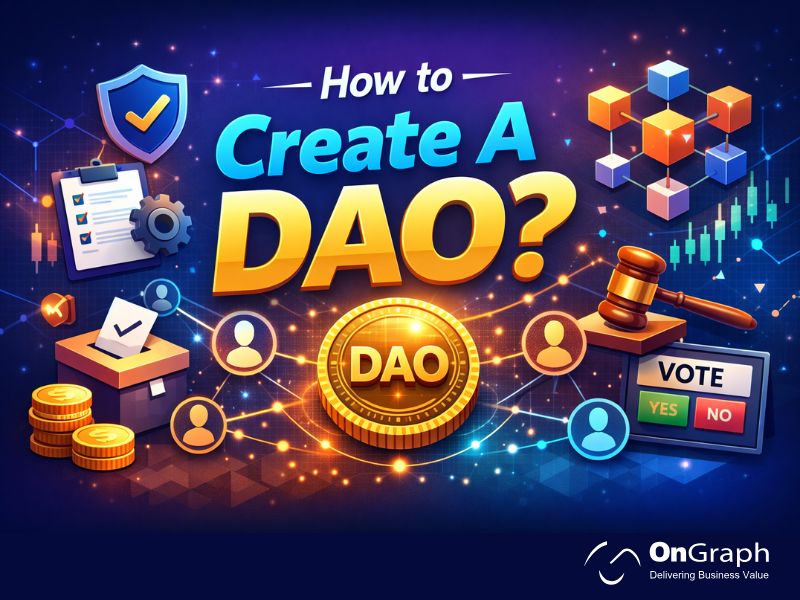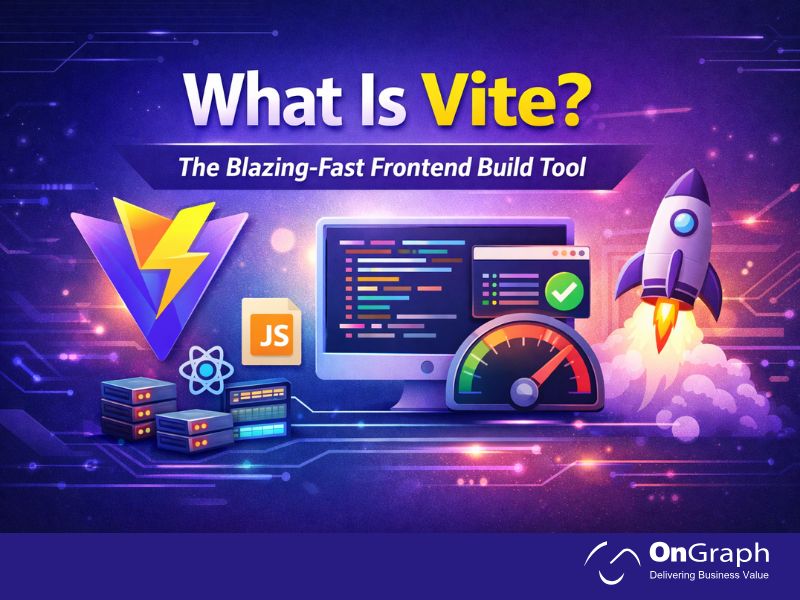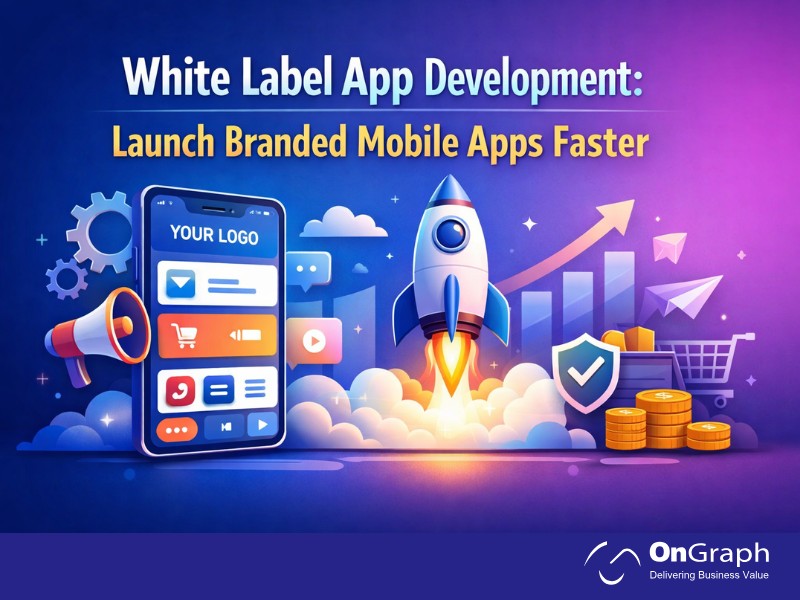In this article
When building an on-demand platform—whether it’s for transportation, logistics, dating, or delivery—one of the earliest decisions you’ll face is whether to Own App Source Code or use a SaaS-based white-label solution.
This decision isn’t just technical—it impacts your costs, control, scalability, and long-term strategy. Based on real-world product discussions with founders across industries, this blog compares the two models to help you make the right call for your business.
1. The Two Approaches: A Quick Overview
Option 1: SaaS-Based Platform
- You pay a subscription or usage-based fee.
- You get a ready-made app hosted by a vendor.
- Customization is limited but setup is quick.
Option 2: Source Code Ownership
- You pay a one-time fee or staged payments.
- You receive the full codebase for your app.
- You can customize, host, scale, or transfer it freely.
Both options have merits and trade-offs—let’s break them down.
2. When SaaS Makes Sense
For many early-stage founders, especially those validating a new idea or running a pilot in a specific geography, a SaaS model offers speed and simplicity:
✅ Advantages:
- Faster Time to Market: Launch in days with minimal setup.
- Lower Initial Cost: Great for bootstrapped founders testing ideas.
- No Tech Team Needed: Vendor handles hosting, updates, and bug fixes.
⚠️ Potential Limitations:
- Limited Customization: Can’t always tailor the app for niche workflows like multi-city dispatch or corporate billing.
- Recurring Costs: Monthly fees may grow as your user base scales.
- Data Restrictions: You might not have full access to user or trip data.
A startup building a city-specific taxi app or a niche carpooling service might start with a SaaS setup to test traction before committing to a custom build.
3. When Owning Your App Source Code Is the Smarter Route?
If you’re building a long-term platform—particularly in complex domains like fleet dispatch, AI-driven pricing, or corporate mobility—owning the codebase may offer better strategic value.
✅ Advantages:
- Complete Control: Customize features like surge pricing, payment gateways, driver-bonuses, or even WhatsApp integrations.
- No Lock-In: Switch vendors or scale infrastructure freely.
- Full Data Access: Crucial for analytics, personalization, or training AI models.
⚠️ Considerations:
- Higher Upfront Investment: Typically starts at $5K–$10K+ depending on features.
- Requires Technical Oversight: Either internal or through a partner agency.
- Maintenance is Your Responsibility: Unless you retain a vendor for ongoing support.
For example, one mobility founder wanted a dispatch system that syncs pricing from existing B2B contracts, tracks real-time trips, and later enables AI-powered call booking. This required owning the backend and customizing workflows—something a SaaS couldn’t easily offer.
4. What About AI and Scalability?
One major reason founders lean toward source code ownership today is AI-readiness. Whether it’s dynamic pricing, chat-based ride booking, or real-time demand prediction, AI needs:
- Access to clean user data
- Flexible integration with APIs and models
- Room for experimentation and iteration
These capabilities are harder to achieve in a SaaS box. However, if your AI plans are in the distant future, starting with SaaS might still be practical.
5. How OnGraph Helps Founders Navigate Both Paths
At OnGraph, we support founders in both scenarios:
🟧 For SaaS-style needs:
- Fast deployment of white-label taxi apps or dating platforms
- Hosting, support, and basic customization
🟩 For full code ownership:
- Custom UI/UX, integrations, and event-driven workflows
- Full backend and app source code handover
- Two months of free maintenance post-deployment
- Scalable infrastructure guidance
Whether you’re solo or a funded team, we help map your vision to the right model, ensuring your tech aligns with your goals and growth stage.
6. Final Verdict: What’s Right for You?
There’s no one-size-fits-all answer.
| Factor | SaaS Platform | Source Code Ownership |
| Time to Launch | Fast | Moderate |
| Initial Cost | Low | Higher |
| Long-Term Cost | Cumulative | One-time (plus maintenance) |
| Customization | Limited | Unlimited |
| AI Integration | Difficult | Flexible |
| Vendor Lock-in | Yes | No |
If you’re testing a concept or need to launch quickly with minimal risk, go with SaaS.
If you’re building a brand, planning for scale, or need customization, owning your code might be the better bet.
Need help evaluating what’s right for you?
Reach out to our experts at OnGraph—we’ll walk you through demos, pricing, and the best approach for your idea.
About the Author
Let’s Create Something Great Together!
Latest Blog
















